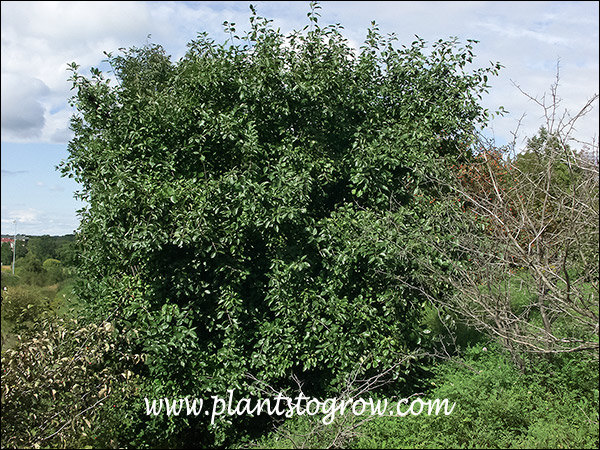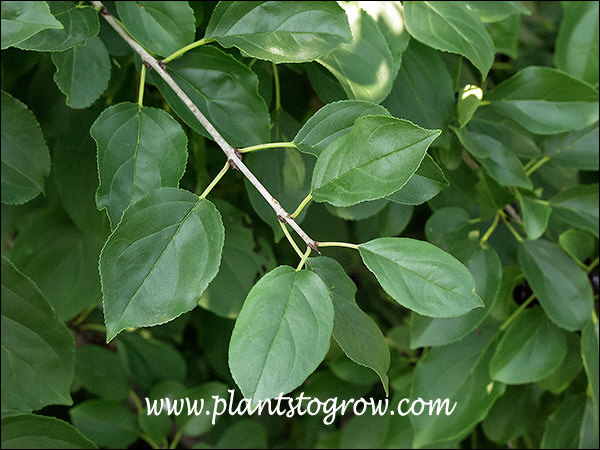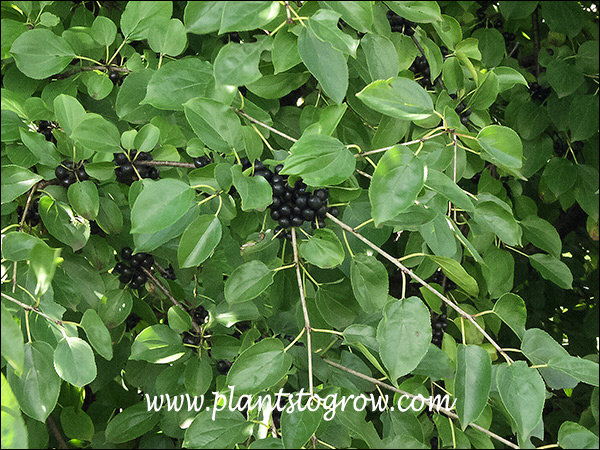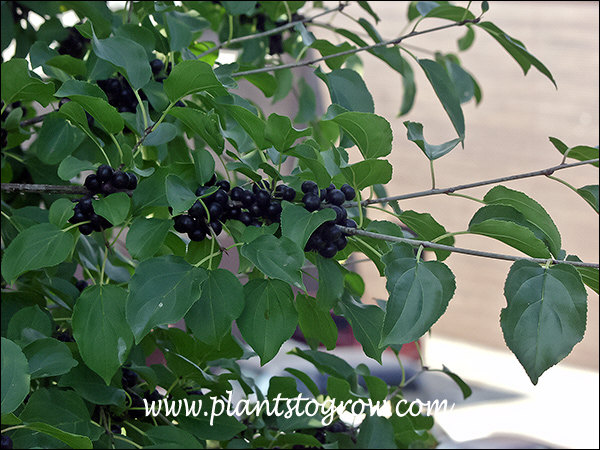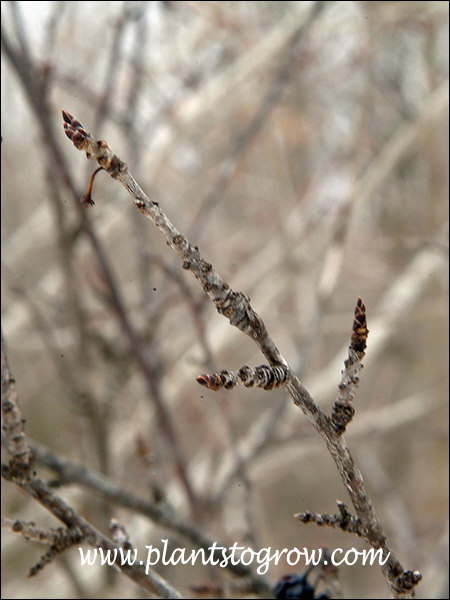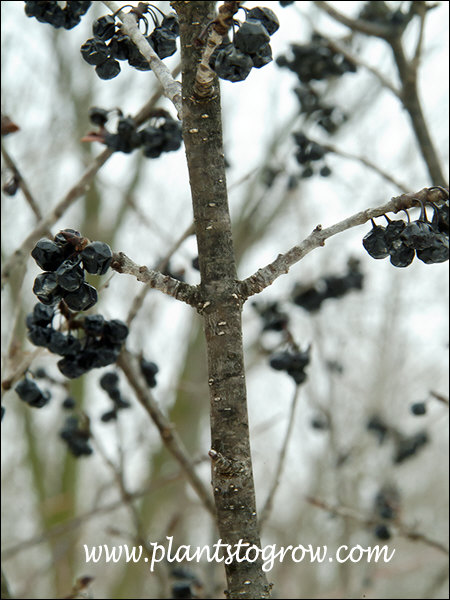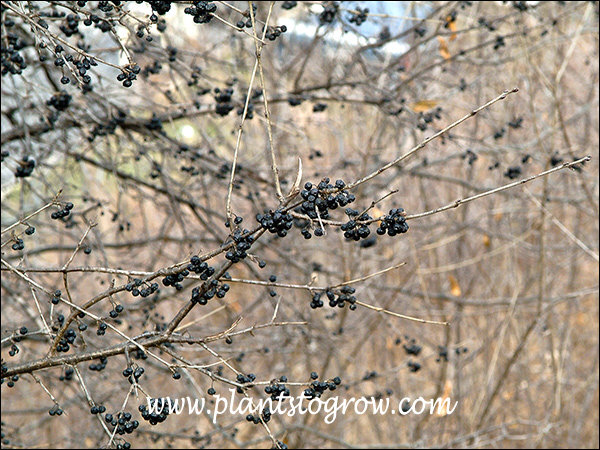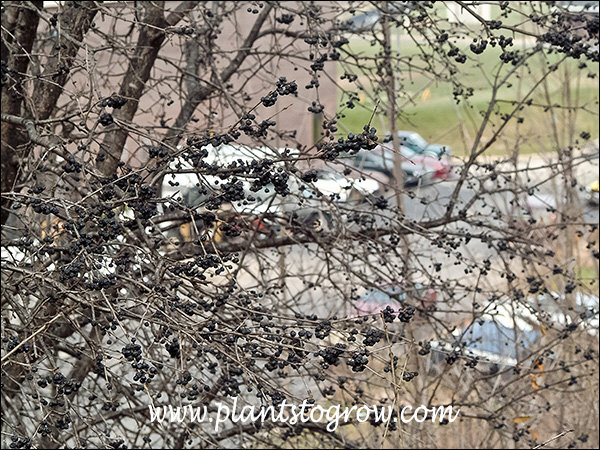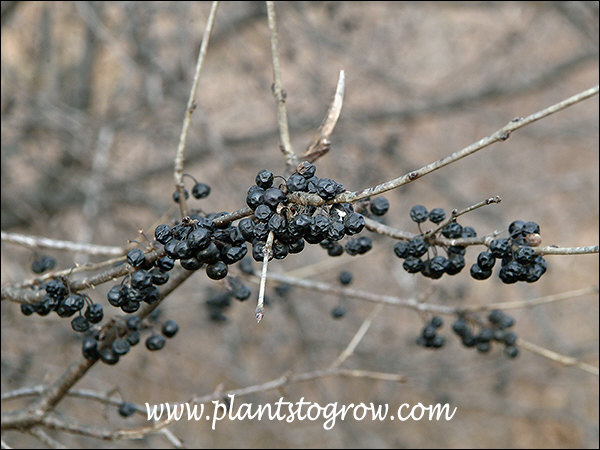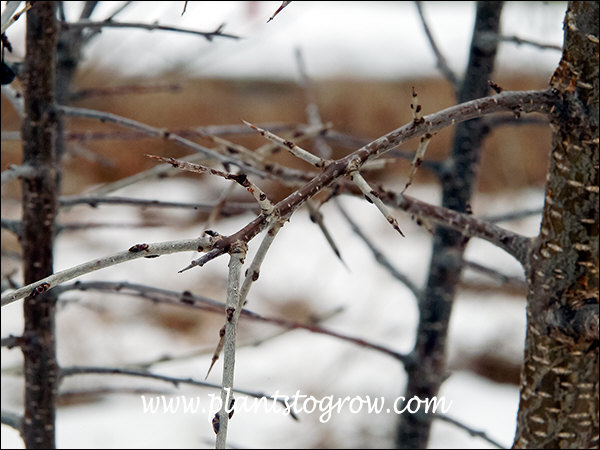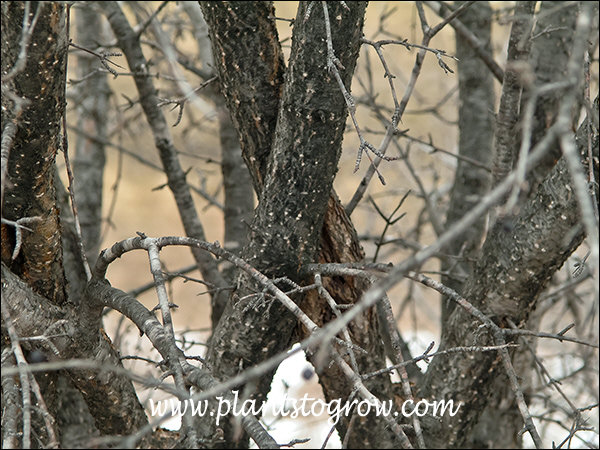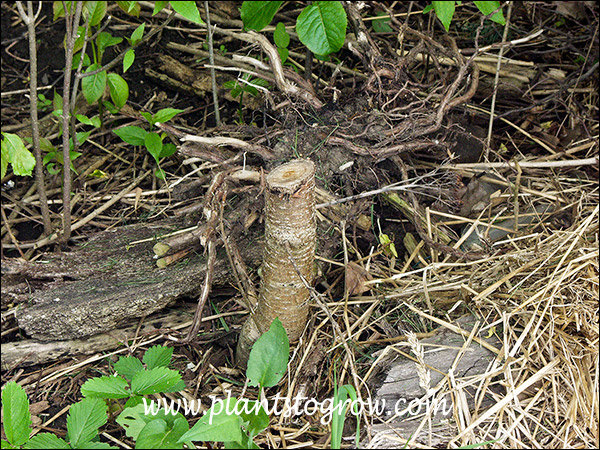| Description | Common Buckthorn (Rhamnus cathartica) is a small tree or large shrub that has become a major invasive plant, almost to the point of becoming out of control. It forms monocultures, suppressing all native plant species by leafing out early and holding leaves late into the fall. |
|---|---|
| Pronunciation | (RAM-nus) |
| Plant Type | All Plants, Shrubs Deciduous, Trees Deciduous |
| Hardiness Zone | 5 or colder |
| Sunlight | very adaptable, full sun to heavy shade |
| Moisture | very adaptable, normal, wetlands, acid bogs, etc. |
| Soil & Site | very adaptable, any type of soil, not effected by nutrient-poor soils |
| Flowers | greenish yellow, small, 4 petals, found in leaf axis near the ends |
| Fruit | masses of small black fruit, containing 3-4 seeds, readily germinate, spread by birds, is a mild laxative plants growing in the full sun will produce more seeds at a younger age than plants growing in the shade |
| Leaves | Glossy ovate to elliptical, subopposite, dull green, smooth on both surfaces, minute teeth. |
| Stems | twigs produce thorn-like projections on some older plants the thorn-like projections can become numerous, sapwood is yellow with a pink to orange colored heartwood |
| Dimensions | tall multi-stemmed shrub or small tree, up to 20-25 feet tall, with a trunk diameter of over 10" |
| Maintenance | Difficult to eradicate once established. Pulling of the small seedlings each year will help to slow the spread. When cutting down the large plants the stump should be treated with a herbicide or else they will resprout creating a larger problem. |
| Propagation | Don't....... |
| Native Site | Native to Eurasia it was introduced into the United States in the early 1880's. It was used for hedge rows and ornamental plantings |
| Author's Notes | As an adviser for "Students To Save The Earth", one of our major service projects was to go to different parks, Nature Conservancy's and cut down this plant. I don't know how many thousands if not 10's of thousands we eliminated over the years. |
| Notes & Reference | #101-Invasive Plants of the Upper Midwest (Betty Czarapata), #274-Site Authors' observations and growing experiences |

Cart
